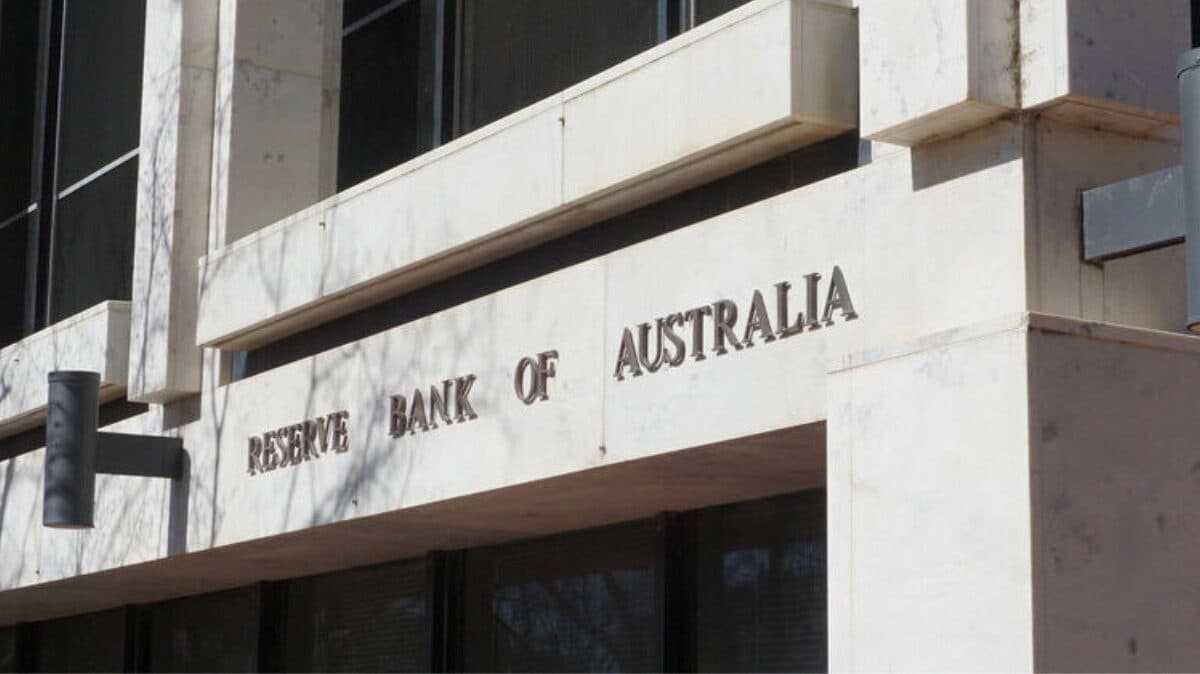Australia’s central bank delivered its third rate cut this year, dropping rates to 3.6% as businesses navigate a tricky hiring landscape.
What’s happening: The Reserve Bank of Australia cut the cash rate by 25 basis points to 3.6% on Tuesday, marking the third reduction this year as policymakers attempt to balance slowing inflation with employment concerns while businesses navigate complex hiring patterns.
Why this matters: The cut provides immediate relief to borrowers and businesses, but underlying employment trends suggest deeper structural challenges as workers take on multiple jobs while productivity stagnates and hiring shifts toward casual roles.
Australia’s central bank delivered the rate relief businesses have been demanding, but the economic picture behind Tuesday’s decision reveals a labour market in flux.
The Reserve Bank of Australia cut the cash rate by 25 basis points to 3.6%, bringing total reductions this year to 75 basis points. The move comes as trimmed mean inflation fell to 2.7% in the June quarter, broadly meeting the central bank’s expectations.
Governor Michele Bullock said policymakers would have risked missing both inflation and employment mandates without Tuesday’s cut, with forecasts suggesting the cash rate might need to drop further to keep inflation stable and employment growing.
“This rate cut finally gives employers and workers the breathing room they’ve been calling for,” said Ben Thompson, CEO of Employment Hero. “With unemployment at 4.3%, job mobility falling, hours worked flat and productivity going nowhere, today’s decision is the circuit breaker we need to restore confidence.”
Rate relief finally arrives
Markets had fully priced in Tuesday’s cut after the RBA held steady in July despite inflation slowing as desired and unemployment rising to 4.3% in June. The Australian dollar slipped 0.2% to $0.6508 following the announcement, while swaps pricing suggests just a 34% probability of another September cut.
Ian Boyd, general manager at GoCardless ANZ, said the decision provides much-needed stability for small and medium businesses. “When consumers catch a break, that means more discretionary spending, so businesses catch a break too,” he said.
However, Joel Gibson, consumer finance expert at Zyft, warned the relief may be limited. “Today’s RBA rate cut to 3.60% is a cautious step in the right direction, but it won’t shift the dial for most households or businesses just yet,” he said. “Rates remain well above where they sat just a few years ago, and many Australians are still doing it tough.”
Retailers face cautious consumers
The disconnect between rate cuts and consumer behaviour is evident in retail data. June’s 1.2% lift in retail sales was driven by end-of-financial-year events rather than rising confidence, Gibson explained. “Homewares and clothing saw temporary spikes, but spending on takeaways and dining out is falling,” he said.
With consumer confidence dropping after July’s surprise rate hold, retailers are absorbing higher supply costs instead of raising prices as consumers delay purchases and prioritise essentials. “This is because consumers are delaying purchases, prioritising essentials, and waiting for sales, leaving question marks for retailers over whether such price hikes would fly in the current market,” Gibson said.
The challenge intensifies heading into peak sales season and the festive period. “Households will need to stretch every dollar, while businesses face rising costs and unpredictable demand,” he noted. “Retailers must prepare for ongoing volatility by tailoring stock, pricing, and promotions to meet tightened budgets and shifting demand.”
Hiring patterns shift
Employment Hero data reveals the complexity beneath headline employment figures. While hiring growth recovered 0.5% from June to July and wages increased 1.1%, that growth isn’t translating into stronger productivity.
“Businesses are taking on more staff, but many of those workers aren’t getting more hours,” Thompson explained. “We’re seeing employers lean more on casual roles and hold back on extra shifts while costs stay high, especially after the combined 4% rise in minimum wage and super contributions.”
The result is widespread poly-employment, with many Australians working multiple jobs to make ends meet. Average hours worked fell in July, and year-on-year growth remains weak.
This trend reflects broader workplace changes identified for 2024, including pressures from inflation, cost of living increases, and persistent skills shortages affecting how Australian businesses structure their workforce.
Previous rate cuts have influenced hiring patterns. After May’s reduction, casual hiring decreased 0.5% while full-time hiring jumped 0.3% from May to June, suggesting employers may shift strategies as borrowing costs fall.
What comes next
The RBA faces heightened uncertainty from both domestic and international developments. Updated forecasts assume underlying inflation will continue moderating to around the midpoint of the 2-3% target range, with the cash rate following a gradual easing path.
International risks remain elevated, with trade policy developments expected to weigh on global economic activity. Domestically, the central bank noted risks around consumption growth, which could prove slower than expected and weigh on aggregate demand.
“There are also uncertainties regarding the lags in the effect of recent monetary policy easing and how firms’ pricing decisions and wages will respond,” the RBA stated in Tuesday’s policy statement.
For businesses, the focus should shift from survival to recovery, but with caution. Gibson advised that successful retailers will need to adapt to value-driven consumers. “Those that succeed will offer personalised, transparent experiences that connect with value-driven shoppers,” he said. “With tight budgets and shifting demand, agility will be key on both sides of the coin.”
With three more RBA meetings scheduled before year’s end, markets have fully priced in two additional cuts to 3.1% by early next year. The central bank has signalled it remains ready to respond decisively if international developments materially impact Australian activity and inflation.
Keep up to date with our stories on LinkedIn, Twitter, Facebook and Instagram.

